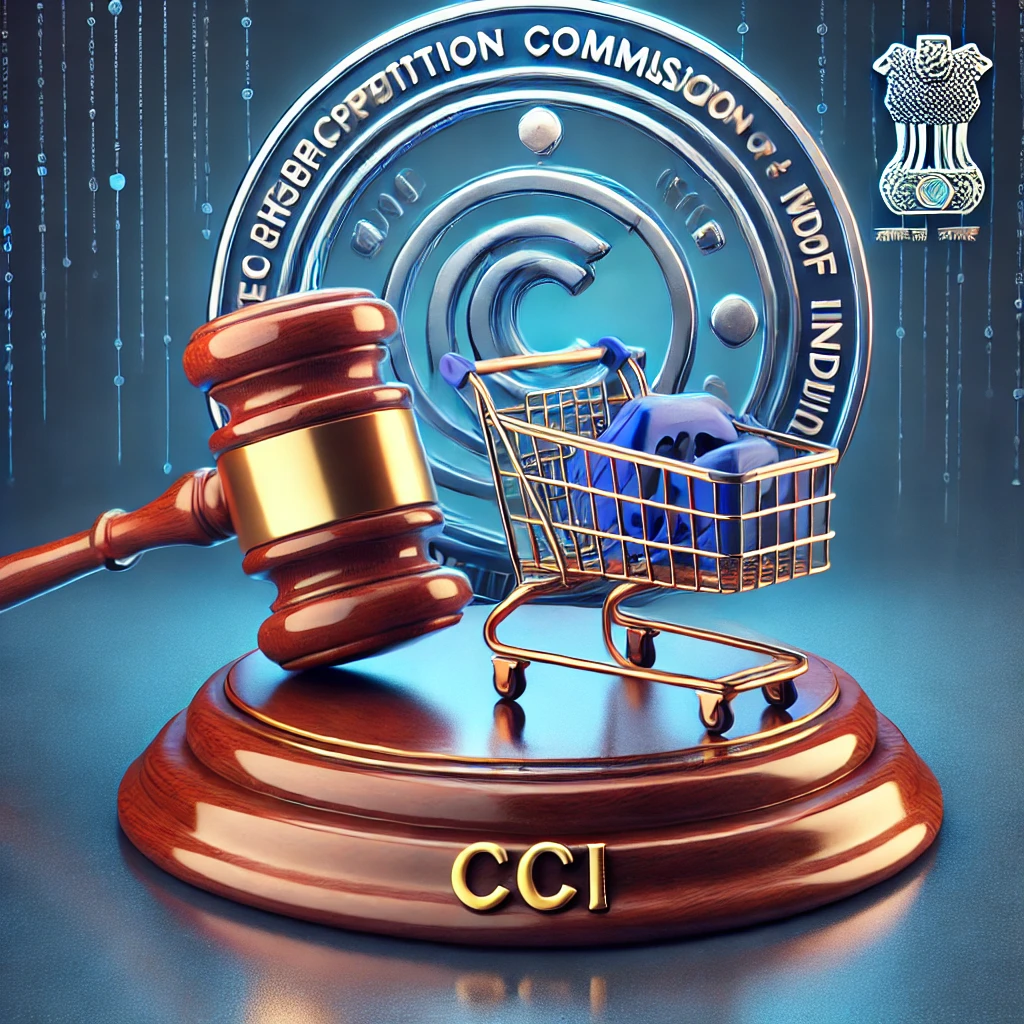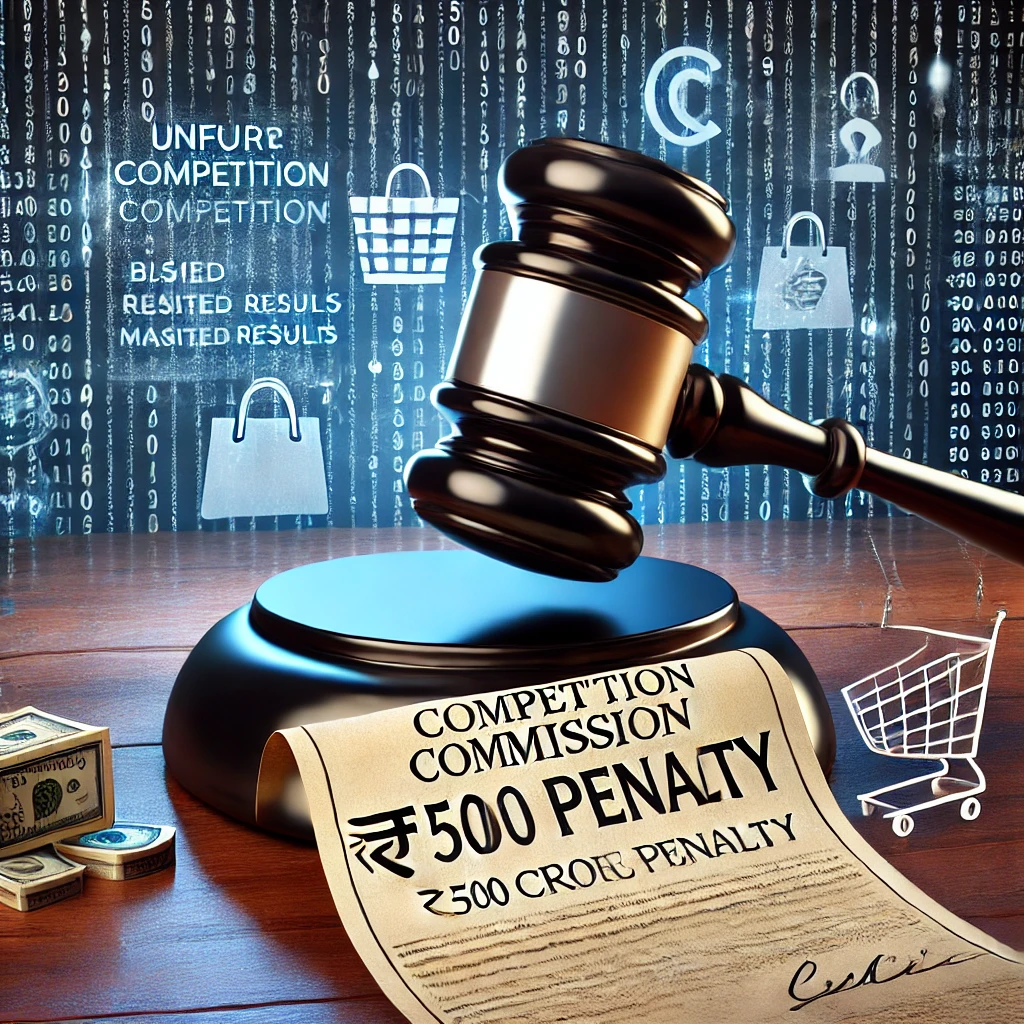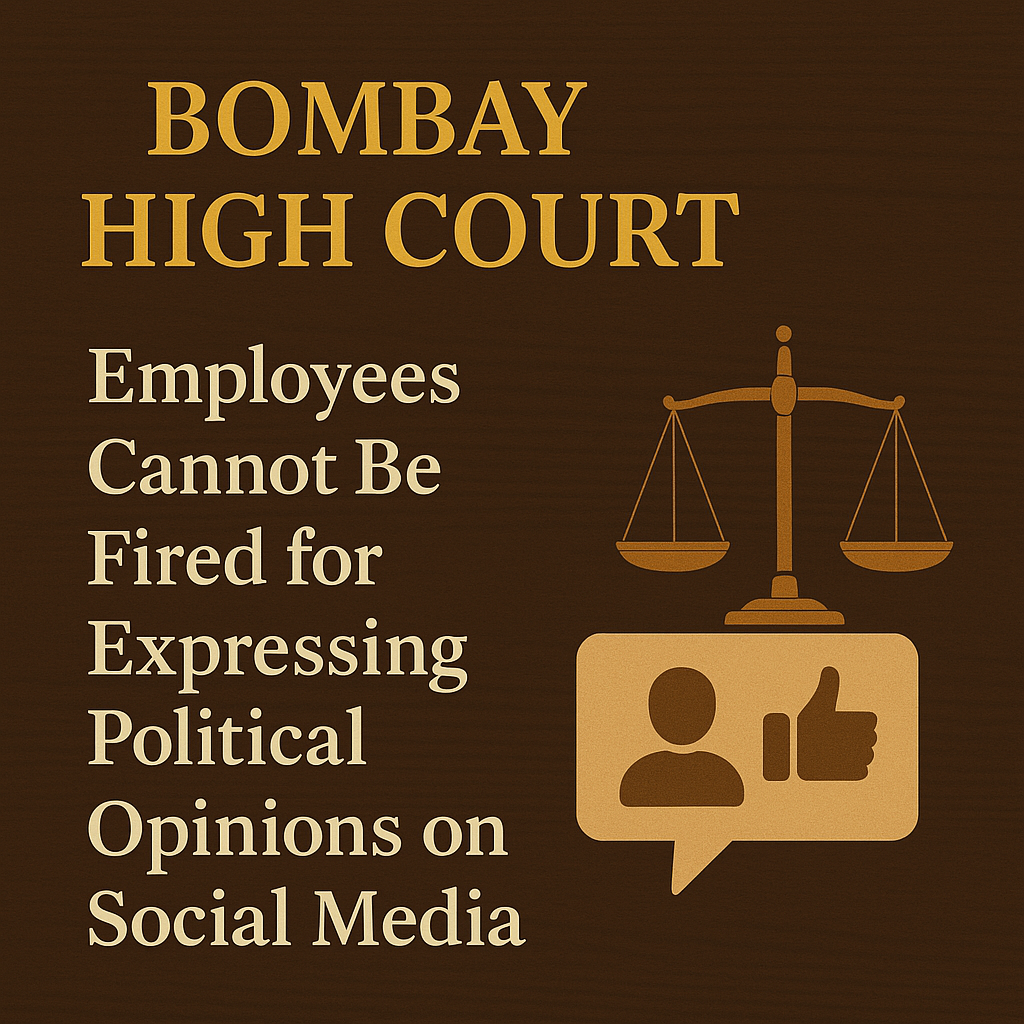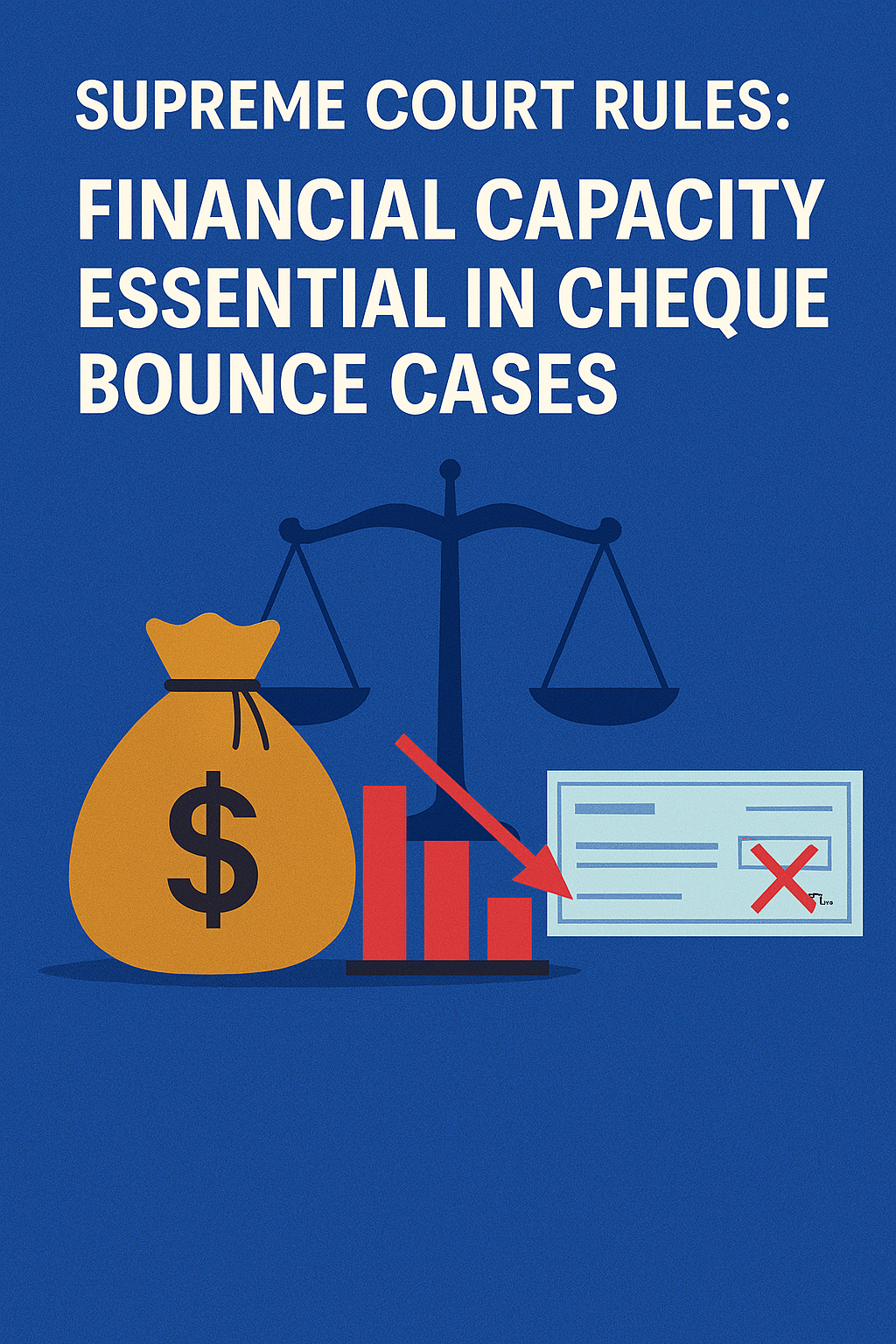Mergers and Acquisitions under Antitrust Law
Mergers and Acquisitions (M&A) are significant business strategies that companies use to grow, gain market share, or enter new markets. However, they can raise serious concerns under antitrust law because they may reduce competition, create monopolies, or harm consumers. Here’s an overview of how antitrust law governs M&A:
1. Purpose of Antitrust Law in M&A
Antitrust laws aim to:
Preserve competition
Prevent market dominance by a single firm
Protect consumers from higher prices, lower quality, or fewer choices
2. Key Antitrust Authorities
Different jurisdictions have their own antitrust enforcement agencies:
United States:
Federal Trade Commission (FTC)
Department of Justice (DOJ) Antitrust Division
European Union:
European Commission’s Directorate-General for Competition
Other jurisdictions:
National competition authorities (e.g., Competition and Markets Authority in the UK, CCI in India)
3. Legal Frameworks
United States
Clayton Act (Section 7): Prohibits mergers that may substantially lessen competition or tend to create a monopoly.
Hart-Scott-Rodino Antitrust Improvements Act: Requires companies to notify the FTC and DOJ before completing certain large mergers.
European Union
EU Merger Regulation (Regulation (EC) No 139/2004): Prohibits mergers that significantly impede effective competition in the internal market.
4. Merger Review Process
Pre-Merger Notification
Companies may be required to notify authorities before completing a deal.
Authorities conduct an initial review and may request more information (a "second request" in the U.S.).
Analysis Factors
Antitrust regulators assess:
Market definition (product and geographic)
Market shares and concentration
Potential for price increases
Barriers to entry
Efficiencies and consumer benefits
Outcome of Review
Approved without conditions
Approved with remedies (e.g., divestitures)
Blocked (if deemed anticompetitive)
5. Types of Anticompetitive Concerns
Horizontal mergers: Between competitors in the same market (most scrutinized)
Vertical mergers: Between companies at different levels of the supply chain (scrutinized for foreclosure effects)
Conglomerate mergers: Between firms in unrelated businesses (less likely to raise issues)
6. Remedies and Enforcement
If authorities find that a merger is anticompetitive, they may:
Block the merger
Require divestitures or conduct remedies
Challenge the merger in court (U.S.)
Impose fines or penalties (EU and other jurisdictions)
7. Recent Trends
Greater scrutiny of tech mergers
Rising political and public pressure to block mega-mergers
International coordination among antitrust authorities
Focus on potential competition and innovation harms




























0 comments